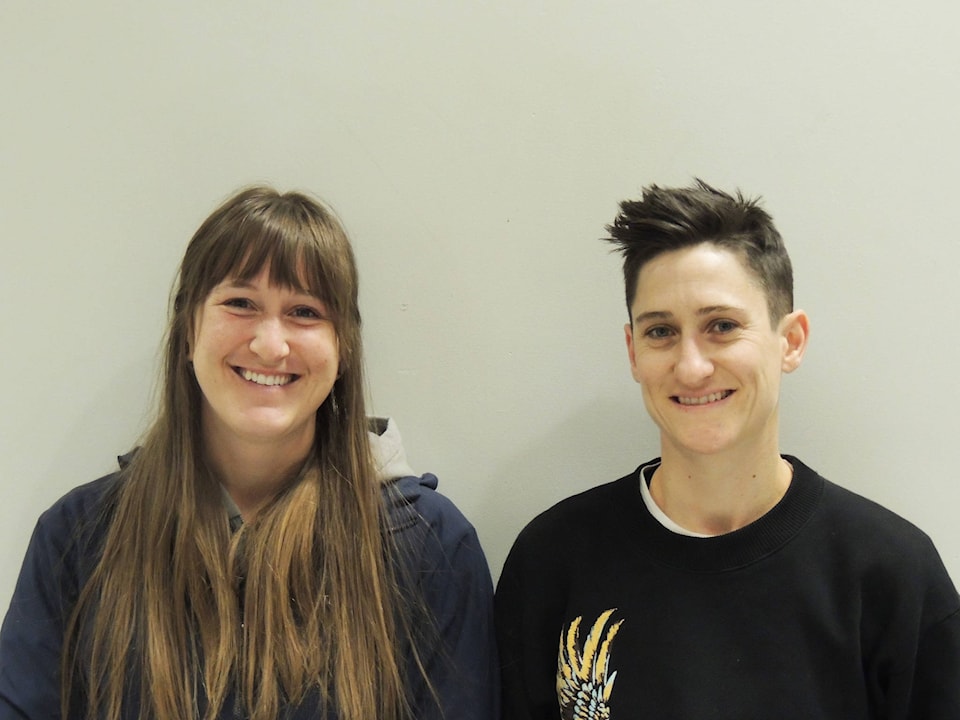It was a big win for many groups on Aug. 29 when the government of Canada agreed to invest $16.1 million towards the protection of the Jumbo Valley. For nearly 30 years this captivating area, located in the heart of the Purcell Mountains, was the centre of the development of the Jumbo Glacier Resort, a project headed by Italian born, Vancouver-based architect Oberto Oberti. The 110-hectare resort would have accommodated 6,250 people and provided a year-round ski resort on the Jumbo Glacier.
From the beginning, the project had been hotly contested. This resort was in the heart of prime grizzly bear habitat and one of North America’s most important wildlife corridors, both of which would have been disturbed. In addition many had seen the development as unnecessary, adding yet another ski destination in an already saturated market. The development, which started in 1990, ended this summer when the environmental assessment certificate expired.
Jumbo Valley is located on the unceded territory of the Ktunaxa First Nation. Depending where you are from, different places will come to mind when you think of the phrase pristine mountains. Take a moment and allow your mind to imagine a place where pure crisp water pours down the mountain side, grizzly bears roam freely, and peaks and glaciers meet the eye in every direction. For many folks, the place we have just described is the Jumbo Valley.
For the Ktunaxa people, this has been their traditional territory for 400 generations. They speak of Jumbo Valley specifically as Qat’muk: home of the grizzly bear spirit and the place the grizzlies go to dance. The importance of keeping this area wild is something conservationists, local residents, and citizens all around the world felt strongly towards. There was some international recognition about this project when Patagonia covered the story of the battle between backcountry development and conservation efforts in a film called Jumbo Wild.
The real public fight for Qat’muk began in 2012 when the B.C. government created controversial changes to the Local Government Act allowing for the creation of municipalities without residents. Since then, the past seven years have been a roller coaster ride of public debate, court dates, protests, film screenings, interviews, and press releases. Finally in August, it was announced that the Ktunaxa Nation had received approval to develop Qat’muk into an Indigenous Protection and Conservation Area. The Nation will receive $16.1 million over four years to develop up to 211,045 hectares of land.
The concept was first introduced by the Tla-o-qui-aht First Nation in Clayoquot Sound on Vancouver Island’s west coast in the early 1980s. These conservation areas allow First Nations to govern their land and protect the spiritual and ecological values of that land. The number of wild natural places is diminishing with every passing year due to logging and recreation developments. This is a massive win for the Ktunaxa Nation, for Indigenous rights worldwide, and for wild habitats.
Jolene Milan and Geneviève Létourneau are second year recreation, fish, and wildlife students at Castlegar’s Selkirk College.
